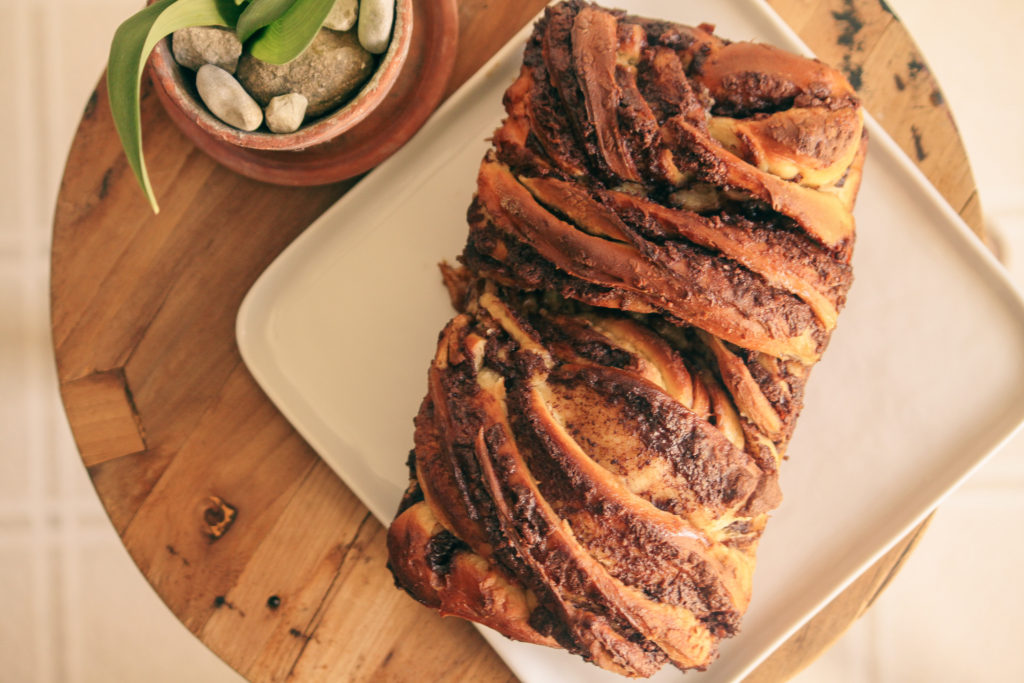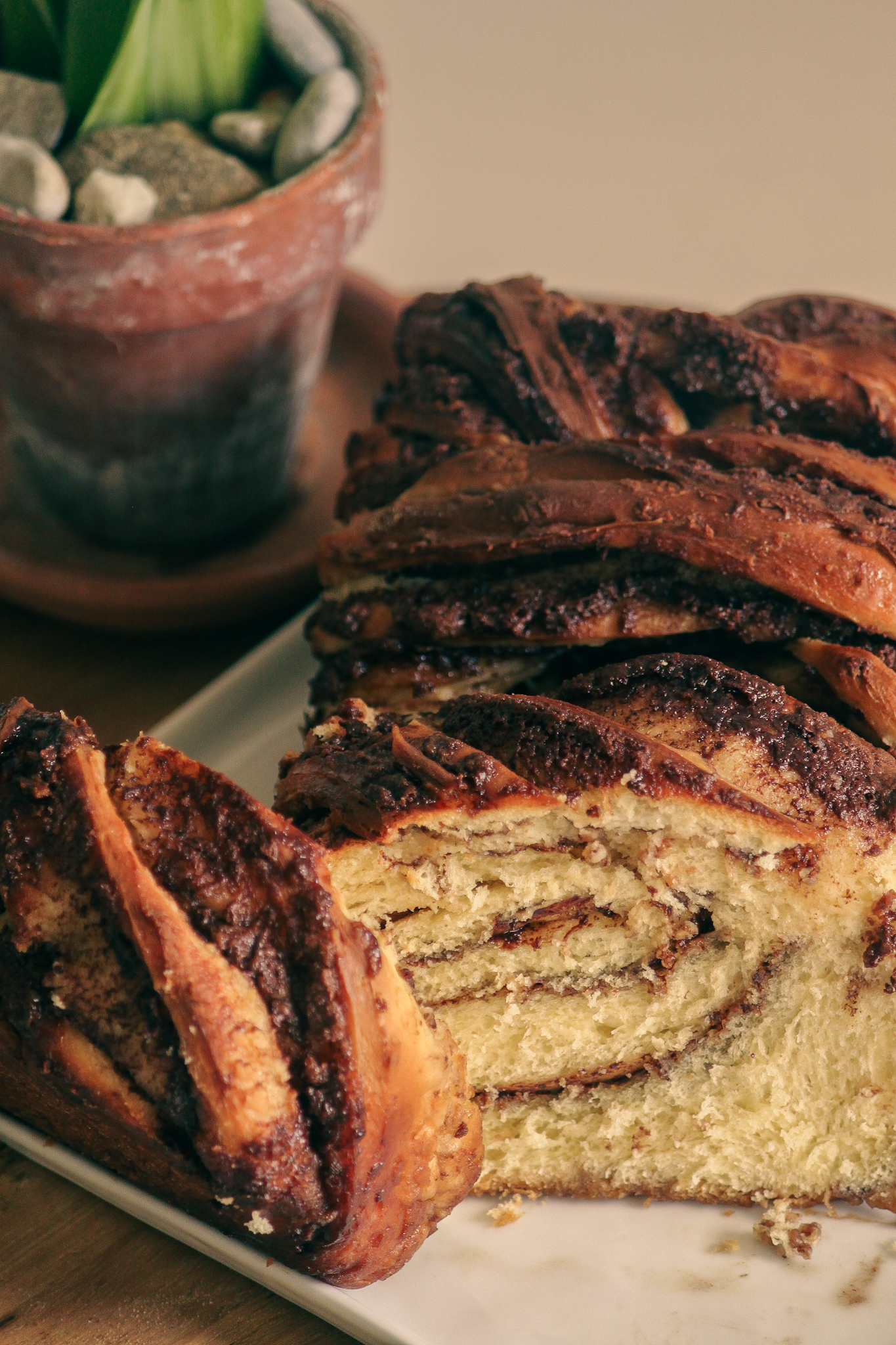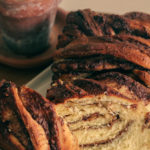
History
A day for solemnity and prayer, the daytime hours of Holy Saturday aren’t a time in which Christians traditionally engage in much communal liturgical celebration or penitential remembrance. It isn’t a day of “doing;” it is a day of “not doing.” Typically set aside for strict fasting, Holy Saturday consists of both home-bound rest for Christians (similar to our Lord’s rest in the tomb) and household preparation for the next day. It is only in the evening when the Easter Vigil begins that the world starts to stir, slowly awakening from two days of silence.
Thus, it makes sense that the traditions that accompany Holy Saturday are generally preparatory and quiet tasks. One of the traditions that is actually practiced all week long is the custom of Easter—or Spring—cleaning. Although typically in full force in the days directly after Palm Sunday and before the Holy Triduum, this sort of task is so time-consuming that you can imagine that it is often still going on by the time Holy Saturday rolls around. After all, there is scrubbing, dusting, laundry, window washing, beating of rugs, airing out of mattresses, cleaning furniture, washing curtains, and more that must be done before the Easter revelries begin.
Another custom is the preparation of food and Easter feasting delicacies. On Holy Saturday you might be busy boiling and painting eggs, picking flowers for your festive table settings, roasting lamb or ham, or baking cakes and desserts. One of our favorite Easter treats, babka can be prepared on Holy Saturday in anticipation of Christ’s Resurrection and is a great dessert to try to make ahead of time, considering that it requires a long yeast rise and a multi-step process. Plus, the time you’ll spend making it in the kitchen also allows you some extra moments to spend in quiet prayer and pondering the Harrowing of Hell.


Easter Babka
An Eastern European Easter delight, babka is best described as a crossover between coffee cake and dessert bread. Using a large amount of egg yolks and sugar, this treat is certainly a sweet way to end your Lenten fast and makes use of all the ingredients that aren’t heavily consumed during the penitential season.
Most every babka recipe is slightly different and utilizes a favorite filling flavor chosen by the baker. Some of these fillings include raisins, cinnamon, walnuts, cranberries, marzipan, strawberries, and even nutella! Thus, we appropriately made ours chocolate-flavored—we hope you enjoy!
Ingredients
Dough
¼ cup milk warm
1 packet yeast
2 eggs plus 1 egg yolk
¼ cup granulated sugar
½ teaspoon salt
2 ¼ cup all-purpose flour
¼ cup butter soft
Chocolate Filling
¼ cup butter
½ cup dark chocolate chips
⅓ cup cocoa powder
½ cup confectioners sugar
Sugar Drizzle
½ cup water
½ cup granulated sugar
Instructions
- Combine warm milk and yeast in the bowl of a stand mixer. Once the yeast has bloomed, add the eggs, yolk, sugar, and salt. Mix to combine.
- Place the dough hook on the mixer and begin adding in the flour, little by little, until a very sticky ball forms. While kneading the bread add in the butter about a tablespoon at a time and continue for 5-10 minutes until a cohesive dough forms.
- Cover the dough and let rise for 1 hour and then place in the fridge to rest overnight.
- The next day, roll the out the dough into a rectangle. Make the chocolate filling by melting the butter and chocolate chips together and then mixing in the rest of the ingredients.
- Spread the filling out over the dough and roll it up starting from one end as if you were making cinnamon rolls. Instead of cutting the dough into disks, slice it down the middle length-wise to create two long strips. Twist the strips together and place in a greased bread pan.
- Let the bread rise until doubled and preheat the oven to 350°F. Once risen, bake the bread for 40 minutes. Before removing from the oven, heat the water and sugar together until dissolved. Drizzle the all of the sugar/water mixture as soon as you remove the bread from the over and allow it to cool and soak in the syrup.
- After 20 minutes, remove the bread from the pan and enjoy!
Easter Chocolate Babka
Ingredients
Dough
- ¼ C milk warm
- 1 packet yeast
- 2 eggs plus 1 egg yolk
- ¼ C granulated sugar
- ½ tsp salt
- 2 ¼ C all-purpose flour
- ¼ C butter soft
Chocolate Filling
- ¼ C butter
- ½ C dark chocolate chips
- ⅓ C cocoa powder
- ½ C confectioners sugar
Sugar Drizzle
- ½ C water
- ½ C granulated sugar
Instructions
- Combine warm milk and yeast in the bowl of a stand mixer. Once the yeast has bloomed, add the eggs, yolk, sugar, and salt. Mix to combine.
- Place the dough hook on the mixer and begin adding in the flour, little by little, until a very sticky ball forms. While kneading the bread add in the butter about a tablespoon at a time and continue for 5-10 minutes until a cohesive dough forms.
- Cover the dough and let rise for 1 hour and then place in the fridge to rest overnight.
- The next day, roll the out the dough into a rectangle. Make the chocolate filling by melting the butter and chocolate chips together and then mixing in the rest of the ingredients.
- Spread the filling out over the dough and roll it up starting from one end as if you were making cinnamon rolls. Instead of cutting the dough into disks, slice it down the middle length-wise to create two long strips. Twist the strips together and place in a greased bread pan.
- Let the bread rise until doubled and preheat the oven to 350°F. Once risen, bake the bread for 40 minutes. Before removing from the oven, heat the water and sugar together until dissolved. Drizzle the all of the sugar/water mixture as soon as you remove the bread from the over and allow it to cool and soak in the syrup.
- After 20 minutes, remove the bread from the pan and enjoy!



[…] to Easter Babka, the mona is a sweet yeasted bread that uses a significant portion of oil, making this dough […]